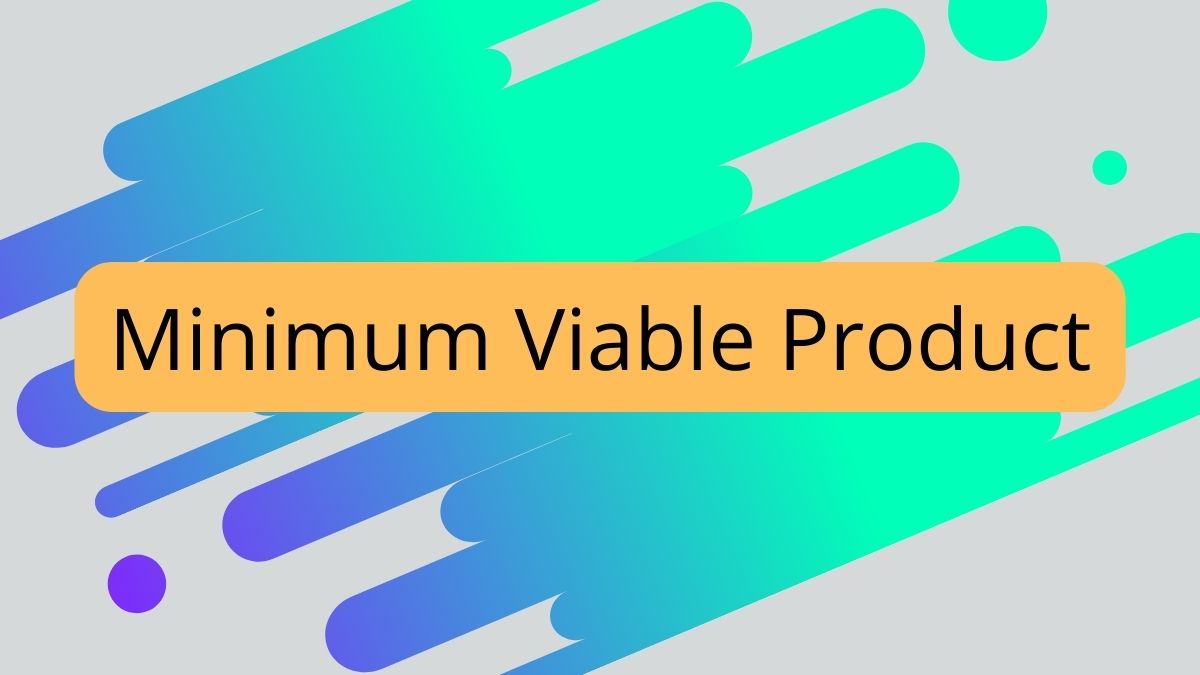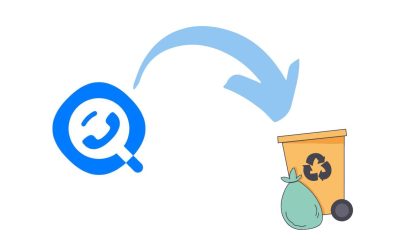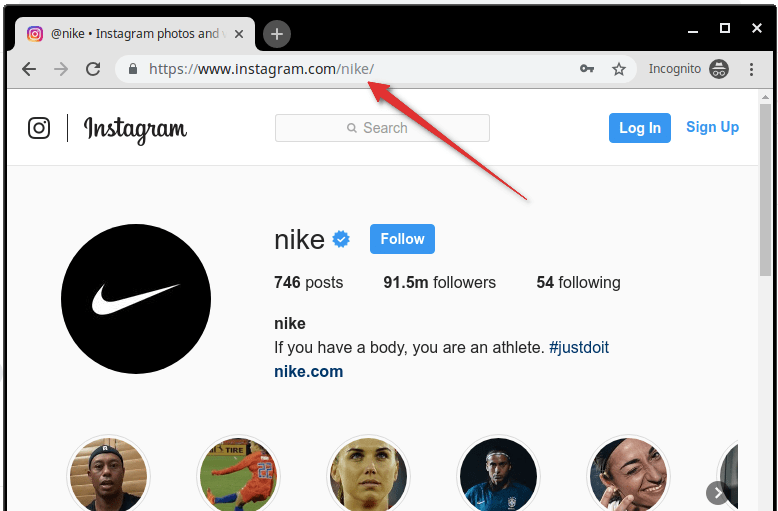News
How to start own mobile app startup with MVP?

.jpg)
If you’re like most people, you probably have a great app idea. But turning that idea into a reality? That’s where things can get tricky.
Luckily, we’re here to help. In this blog post, we’ll show you how to start a mobile app startup with MVP Solution. This will help you validate your idea and get it off the ground quickly and affordably.
So let’s get started!
Define your app’s purpose and target audience
Starting a mobile app startup is an exciting process, but it’s also one that requires a lot of careful planning and thought. Perhaps the most important part of starting a successful mobile app startup is to create a Minimum Viable Product (MVP).
Your MVP is the version of your app that you’ll launch with, and it should be designed to get feedback from your target audience. This feedback will be essential in helping you improve and iterate on your app.
To create a successful MVP, you’ll need to start by defining your app’s purpose and target audience. These are two of the most important aspects of any successful app, and they’ll help you determine what features to include in your MVP.
Once you’ve defined your purpose and target audience, you can begin brainstorming features for your MVP. Remember to keep your MVP as simple as possible – the goal is to get feedback, not to create a fully-featured app.
With a clear purpose and target audience in mind, along with a list of potential features, you’re ready to start building your MVP!
Research the market and your competition
Starting your own mobile app startup can be a daunting task. There are so many things to consider, from your idea and niche, to building your product and marketing it to the right audience. It’s important to do your research before you dive in and start building your MVP (Minimum Viable Product).
One of the most important things you need to research is the market and your competition. This will help you understand what is already out there and what needs are not being met by existing products. It will also help you identify any potential threats and how to position your product in the market.
Once you have a good understanding of the market, you can start to validate your MVP concept. This can be done through market research, surveys, interviews, and focus groups. Testing your MVP with real users will help you refine your product and make sure it is ready for launch.
Create a Minimum Viable Product (MVP) App
An MVP app is a bare-bones version of your product that allows you to test your hypotheses with potential customers with the least amount of effort. It is not about making something that looks pretty; it’s about making something that works.
The mvp app cost can vary greatly, depending on various factors such as the size of the project, the complexity of the project, and how much time is allotted for development. The MVP development cost ranges from $15,000 to $150,000 or more.
The goal of an MVP is to validate your assumptions and get feedback from potential customers as early as possible. This feedback will help you validate (or invalidate) your assumptions, save you time and money, and help you build a better product.
Creating an MVP does not have to be complicated or expensive. You can create an MVP by:
– Identifying the core features of your product
– Creating a prototype of these features
– Testing the prototype with potential customers
Once you have created your MVP, you can begin collecting feedback from potential customers. This feedback will help you validate (or invalidate) your hypotheses, save you time and money, and help you build a better product.
Develop your app and test it thoroughly
You have a great app idea and you’re ready to take it to the market. But before you do, it’s important to make sure your app is fully developed and test it thoroughly. No one wants to use an app that is full of bugs or crashes constantly.
To get started, you need to create a prototype or MVP (minimum viable product). This is a version of your app that has all the essential features but is not fully developed. Once you have your MVP, you can start testing it with real users. This will help you identify any areas that need improvement before you launch your app.
When developing your MVP, keep these things in mind:
- Make sure your app is intuitive and easy to use
- Ensure all the essential features are included
- Make sure your app is stable and doesn’t crash
- Test your app thoroughly with real users
Once you’ve created a strong MVP, you can then start working on developing the full version of your app.
Launch your app and market it effectively
The first step is to come up with a great idea. Once you have an idea, you need to validate it. After validation, the next step is to build a minimum viable product (MVP). Once you have an MVP, you need to launch your app and market it effectively.
If you can do all of these things, you’ll be well on your way to starting a successful mobile app startup. Let’s take a more detailed look at each of these steps.
1. Come up with a great idea
2. Validate your idea
3. Build a minimum viable product (MVP)
4. Launch your app and market it effectively
Analyse your app’s performance and user feedback
Make sure you track your app’s analytics and user feedback from the very beginning. This will help you to assess which features are being used the most, what users like and don’t like about your app, and what areas need improvement. All this information will be valuable when you start working on your MVP.
Update and improve your app regularly
If you want to stay ahead of the competition, you need to update and improve your app continuously. This means adding new features, fixing bugs, and improving performance on a regular basis.
One way to ensure that your app is always improving is to release regular updates. This gives you an opportunity to fix any bugs that have been discovered since the last release, and to add new features that your users will love.
Another way to keep your app up-to-date is to listen to feedback from your users. If they are constantly asking for new features or improvements, then it’s likely that these changes would be beneficial for your app. By regularly updates your app, you can make sure that it is always offering the best possible experience for your users.
Plan for long-term success
You can’t just develop an MVP, launch it, and expect people to flock to your app. Marketing your app is essential to its success. But how do you market an MVP?
Planning for long-term success starts with your MVP. It’s not enough to simply create a minimal product and launch it—you need to have a plan for how you’re going to get people using and engaging with your app on an ongoing basis.
Here are a few things to keep in mind as you develop your MVP marketing strategy:
1. Focus on utility: When you’re marketing an MVP, it’s important to focus on how your product is actually useful to users. What problem does it solve? How does it make their lives easier?
2. Keep it simple: Don’t try to oversell your product—keep your messaging concise and focused on the core value proposition of your MVP.
3. Appeal to early adopters: When launching an MVP, it’s important to focus on appealing to early adopters—those who are more likely to be receptive to new products and ideas. This could mean targeting specific demographics or using certain marketing channels (such as social media or online forums) that tend to be frequented by early adopters.
4. Generate buzz: Getting people talking about your app is essential for driving awareness and adoption. There are a number of ways to generate buzz for your MVP, such as holding a contest, partnering with influencers, or leveraging PR or social media marketing.
5. Focus on retention: Once you have people using your MVP, it’s important to focus on retention—ensuring that users stick around and continue using your app over time. This could involve implementing features or updates that keep users engaged, providing excellent customer support, or offering incentives (such as rewards or discounts) for continued use.
-

 Manage Your Business12 hours ago
Manage Your Business12 hours agoTOP 10 VoIP providers for Small Business in 2024
-

 Cyber Risk Management4 days ago
Cyber Risk Management4 days agoHow Much Does a Hosting Server Cost Per User for an App?
-

 Outsourcing Development5 days ago
Outsourcing Development5 days agoAll you need to know about Offshore Staff Augmentation
-

 Software Development5 days ago
Software Development5 days agoThings to consider before starting a Retail Software Development
-
Edtech12 hours ago
How to fix PII_EMAIL_788859F71F6238F53EA2 Error
-

 Grow Your Business4 days ago
Grow Your Business4 days agoThe Average Size of Home Office: A Perfect Workspace
-
Solution Review4 days ago
Top 10 Best Fake ID Websites [OnlyFake?]
-
Business Imprint4 days ago
How Gaming Technologies are Transforming the Entertainment Industry








